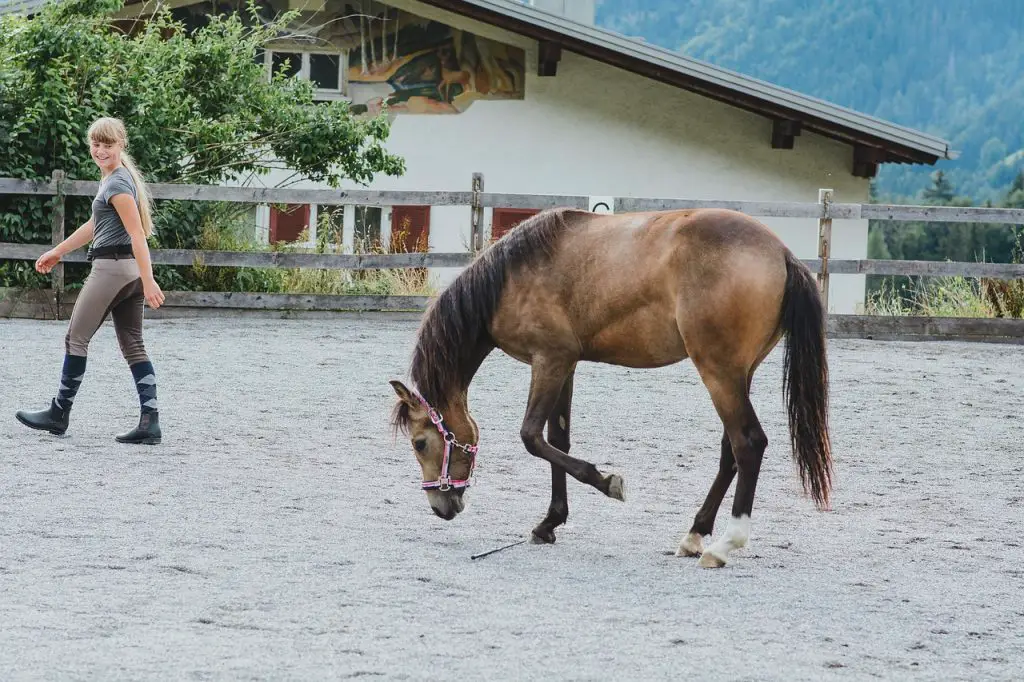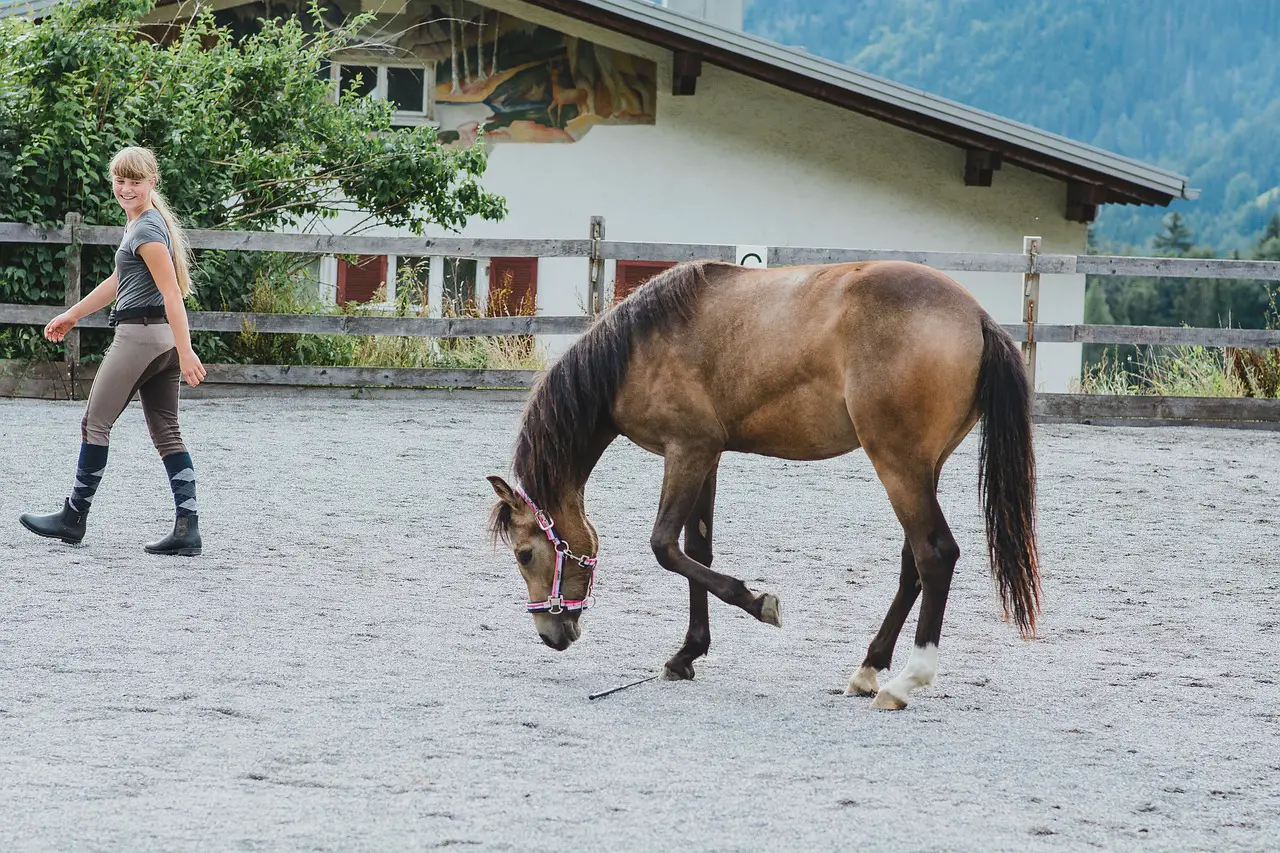Last Updated on March 2, 2022 by Allison Price
Enjoy the time with your young horse
Horses that are yearlings can be between one and two years old. Horses can grow rapidly in the first two year of their lives but it can take up to five years for them to reach their full potential. nutrition is what determines a horse’s potential and overall stature.
Yearling horses are horses that are one year old. Growth and development are influenced by genetics and nutrition. Youngsters are a good age to start learning the basics of riding and have a long, productive career. You can also teach them how to tie, trailer, lead and lunge. Keep sessions short and fun.

It is important to feed your horse in these stages of growth. Choose a high-quality, nutritious forage and a digestible concentrate. It is important to exercise in the right amounts. You cannot ride a yearling. However, there are many activities that you can do to help build a foundation for a successful and long-lasting riding career.
What is a yearling horse?
A yearling refers to a horse that is one year old. Foals are born to foals. Weanlings are foals that have been separated from their mothers. Yearlings are born when a year old weanling is no longer a year old.
How do you feed a yearling horse.
Early in a horse’s development nutrition is crucial . Horses can reach 90% of their adult height by the age of one year, while others may reach 75% of what they weigh at that time. Some horses may not reach these milestones before they turn 18-24 months old.
Nutrition is important from conception. The mare must be properly fed during pregnancy and lactation in order to give her foal the best chance of a healthy and long life.
Yearlings do not have adult teeth yet so it is better to feed them processed grains or pellets. This will ensure proper digestion and utilization. It is best to feed young horses a feed that contains certain amino acids, vitamins and minerals.
There are a few options that are widely available:
- SafeChoice Original by Nutrena
- Equine Junior – Purina
- Growth Pellet – Tribute
How can you train a yearling horse safely?
Young horses require a lot of exercise and energy to develop and grow. Exercise should be done on their terms, not yours.
Sessions should be short and build on previous sessions . To help your yearling learn “social skills”, provide plenty of turnout, preferably with other horses.
Here are some things you can teach your yearling horse.
Although you cannot ride a yearling horse, it is possible to build a strong foundation for a successful future riding career. You can teach the basics of ground manners, leading, lunging and trailering in the early years.
How can you teach a child to behave in a certain way?
Consistency is the key to training any animal. You must ask the same questions each time and respond quickly and appropriately.
It might be cute for a foal to play with your hands or sit on your lap, but it will not be as cute when they are 1,000 pounds. While your horse is a smaller size, teach them about the importance of personal space. For advice on how to deal with individual behavioral issues, talk to a trainer.
How can you teach a yearling how to lead?
You must first teach your yearling how to wear a harness before you can teach it to lead. This part should be done by one year. Teaching horses how to lead is as simple as teaching them how to respond to pressure.
The first step to teaching a horse to lead is to teach him how to stand tied, use a bridle and lunge. Be patient and don’t push it. Make sure your yearling respects and understands your privacy.
Click here to view Amazon’s breakaway yearling halters
Practice switching things up: Start, Stop, Change Directions, Back up, and Change Again. Remember that your yearling has a limited attention span so practice sessions should be brief and positive.
Yearling Groundwork
You can do many things with yearlings that will make it easier to transition to under-saddle work later on in life. Groundwork includes leading, tying and lunging, grooming, loading onto a trailer, and even grooming.
It is important to teach your horse how to respond to pressure and respect your space. You can also teach them voice cues like “whoa!” to stop, or clucking to move faster. You can also teach your horse to respond to your body language. This is particularly helpful when lunging.
It will pay big dividends in the long-term to learn to look out for cues and to trust that you can keep them safe.
A yearling can be desensitized
It is important to remember that horses are prey animals , and they will respond to your commands with “flight” rather than “fight.” This is why systematic desensitization is an effective method to help them. You gradually expose your horse to something frightening, but not in a way that is too scary for him.
This technique can be used to expose your horse to a plastic bag. A classic (older) method of desensitization is to tie a bag to the saddle and cause the horse to gallop and spook until he tires and then get over it.
Modern systematic desensitization involves presenting the plastic bag to your horse in a less frightening situation and slowly exposing it to him without letting him get into the “flight” or scary space. This method is less stressful and will allow to build trust with your horse.



